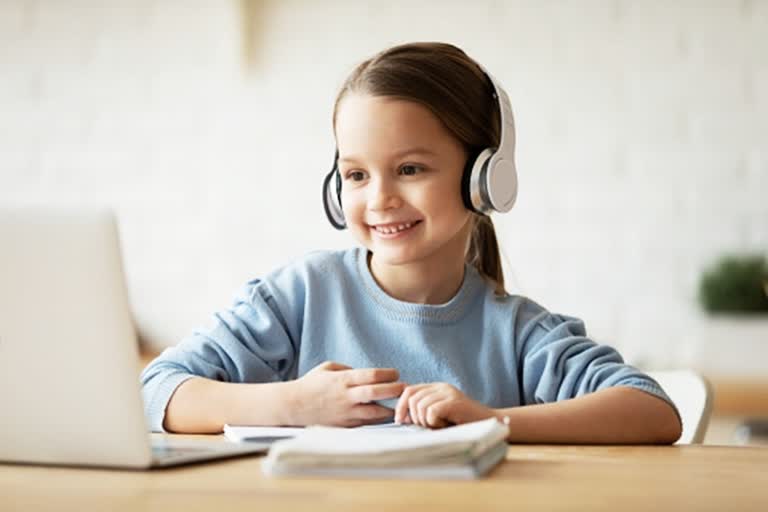New York: Increased usage of headphones, earbuds likely to raise hearing troubles in children as their auditory system maturation is incomplete, warn experts.
Children, teenagers, and young adults are listening to many hours of music daily at volumes exceeding the globally recommended public health limit of 70 decibels of average leisure noise exposure for a day for a year.
"Nonoccupational noise exposure in everyday life comes from a handful of noise sources: personal listening systems, especially for younger people; transit noise, home appliances; power tools; and entertainment (sports events, movies, parties, NASCAR races, etc.)," said Daniel Fink, from The Quiet Coalition, a US-based nonprofit.
The auditory health risk is highest for people using personal audio systems for more than an hour a day at more than 50 percent volume over a five-year period. Disputing a recent Wall Street Journal article claiming 85 decibels is safe for children and teens, Fink said 85 decibels is not a safe exposure for anyone.
"People think the National Institute for Occupational Safety and Health 85 dBA recommended exposure level for noise is safe," he said.
"But a noise level that won't prevent hearing loss in factory workers or heavy equipment operators is far too high for a young child whose ears have to last an entire lifetime," he added.
"Children are at highest risk because their auditory system maturation is incomplete and normal hearing health is vital for learning, socialisation," the expert noted.
During the 180th Meeting of the Acoustical Society of America, held virtually between June 8 and 10, Fink along with audiologist Jan Mayes spoke for the need for personal audio system noise emission standards and public education on their use "to prevent an imminent noise-induced hear loss epidemic when today's younger generations reach midlife".
In 2017, the Centers for Disease Control and Prevention reported almost 25 percent of American adults, age 20-69, have noise-induced hearing loss.
Acquired hearing loss is associated with communication difficulties, social isolation, increased risk of falls and accidents, and health complications, including dementia in later life.
Also Read: NASA finishes assembling Artemis moon mission rocket
(Inputs from IANS)



